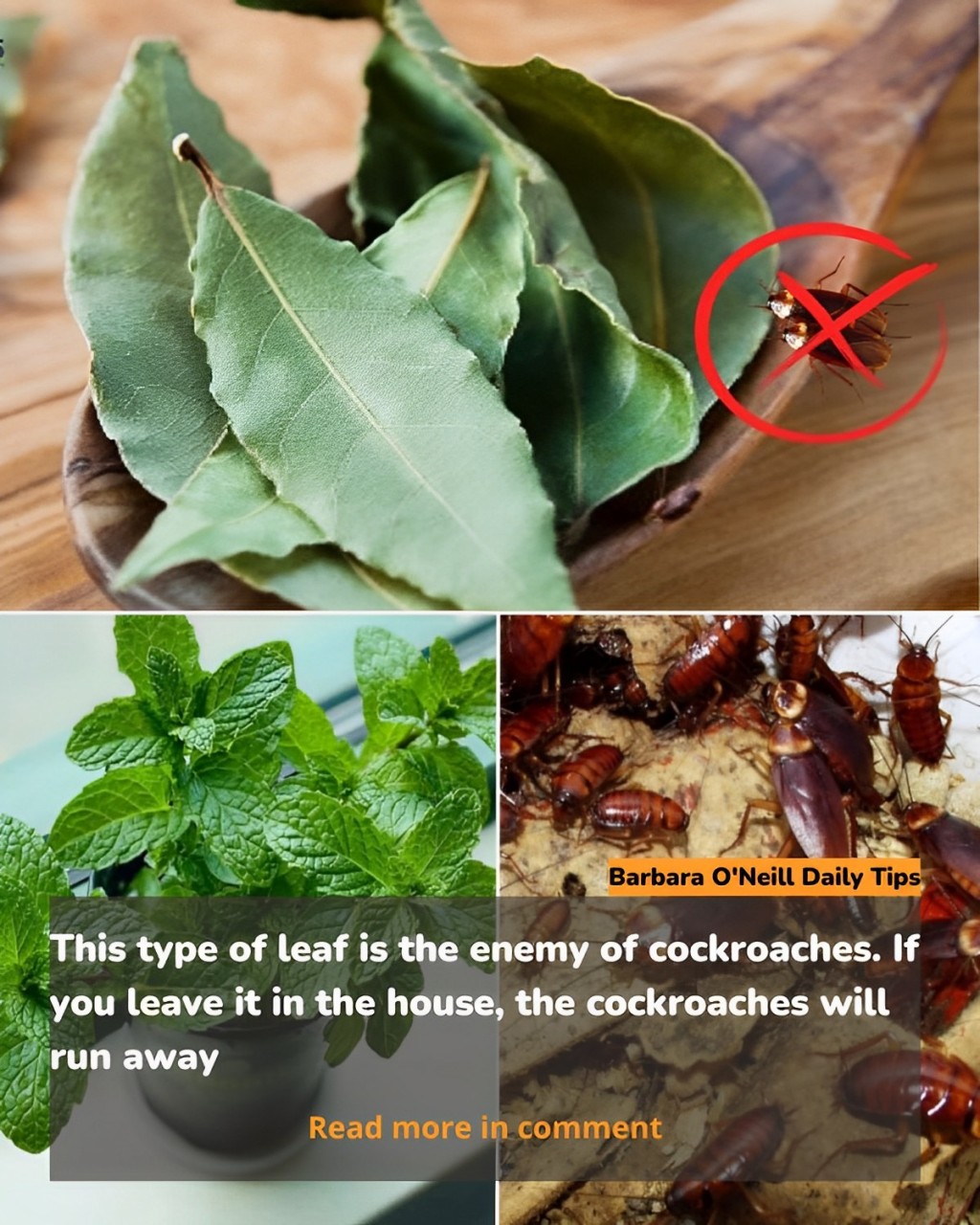Both coarse and fine sea salt, as well as bay leaves, are necessary ingredients that have multiple uses in our homes outside of the kitchen. There are two common forms of salt found in kitchens: fine and coarse. Its culinary versatility—from spice to preservation—is well known. In addition to being well-known for their digestive qualities, bay leaves enhance the flavor of many foods with their distinct aroma.
But these two ingredients have a myriad of applications outside the kitchen, many of which are less well recognized but just as useful. Impact of Rough Salt: Although coarse salt is a ubiquitous household commodity, its applications go beyond flavor. As an example:
Laundry Helper: In countries such as Italy, it is customary for grandmothers to add coarse salt when boiling pasta. But did you know that you may soften your clothing in the washing machine by adding a handful? This is accomplished by preventing the accumulation of limescale in water, ensuring that laundry is treated gently, wisely, and efficiently.
Textile Repair: The secret to keeping towels soft or revitalizing worn-out pants is coarse salt. It prevents white clothing from becoming yellow and restores color vibrancy to colored items. Before machine washing, soak clothes in water with a generous pinch of coarse salt for optimal results.
Applying Bay Leaves Following Cooking: Bay leaves are an essential ingredient in cooking and a natural remedy for domestic ailments due to their remarkable properties.
In essence, salt and bay leaf are straightforward tools that work amazingly well for little to no additional cost. It’s time to start using them everywhere, not just in the kitchen.





